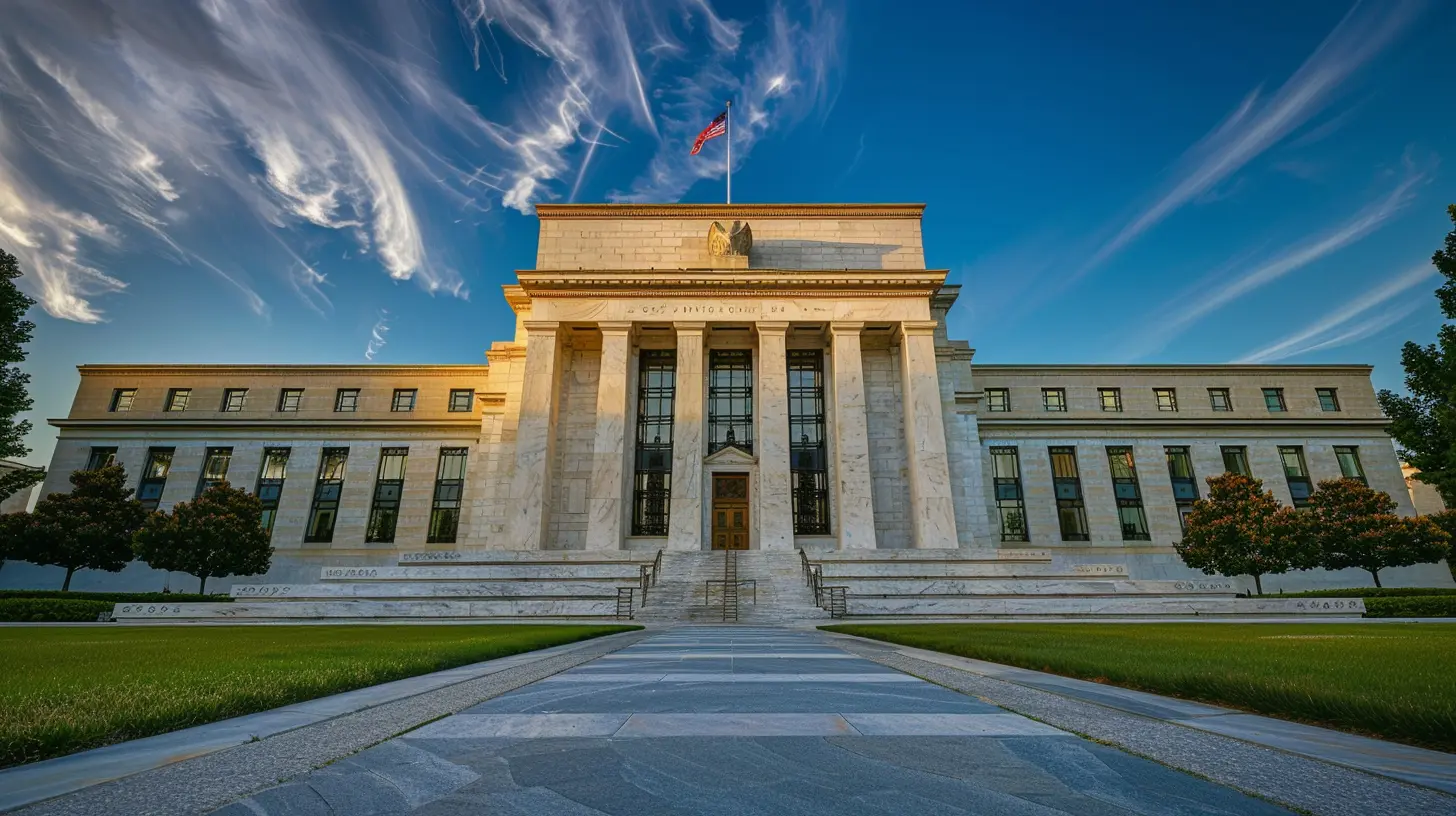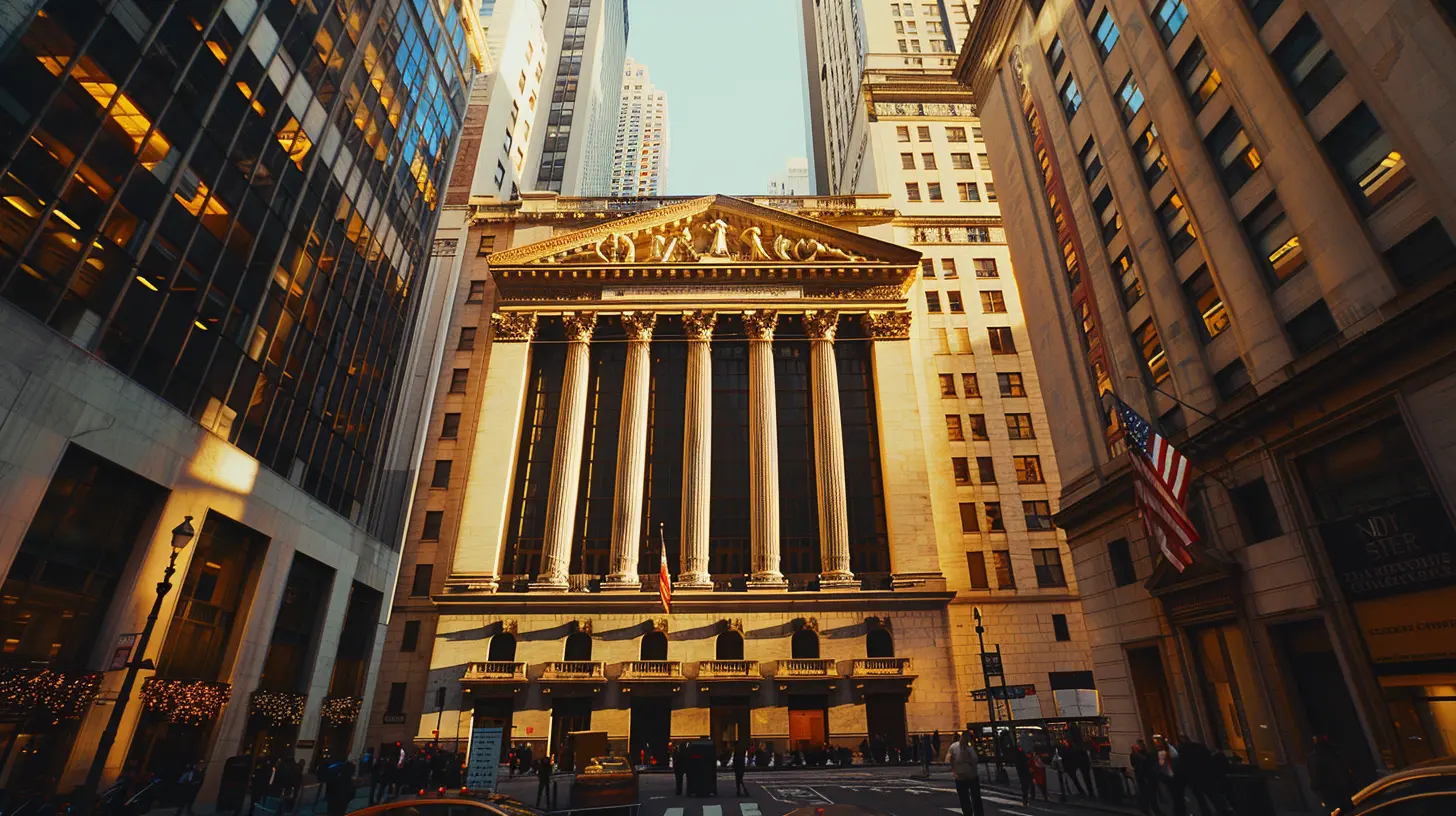How Rising Interest Rates are Impacting Stock and Bond Markets
29 October 2025
Interest rates have been on the rise, and if you’ve been keeping an eye on the financial markets, you’ve probably noticed some pretty big shifts. But how exactly do rising interest rates impact the stock and bond markets? And more importantly, what does it mean for your investments?
Let’s break it all down in simple terms so you can understand what’s happening and how to navigate these changes like a pro.

Why Do Interest Rates Rise?
Before we dive into the impact, let’s quickly cover why interest rates go up in the first place. The Federal Reserve (the Fed) controls interest rates, and they typically raise them to combat inflation.When inflation starts heating up—meaning prices for goods and services are rising too fast—the Fed steps in and increases interest rates to slow things down. This makes borrowing money more expensive, which cools down excessive spending and borrowing.
Think of it like hitting the brakes when your car is speeding too fast. It’s all about maintaining balance in the economy. 
How Rising Interest Rates Affect Stock Markets
If you’re invested in stocks, higher interest rates might make you a little nervous. And for a good reason!1. Higher Interest Rates Mean Higher Borrowing Costs for Companies
When interest rates go up, companies have to pay more to borrow money. Many businesses rely on loans for expansion, hiring, and innovation. So, when borrowing costs rise, companies often cut back on spending—and that can slow down growth.For investors, this means lower profits, weaker earnings reports, and ultimately, slower stock price growth.
2. Stock Valuations Tend to Drop
Stock prices are based on a combination of company earnings and investor expectations. When interest rates rise, future earnings become less valuable. Why? Because investors can now earn higher returns from safer investments like bonds.When safer alternatives start offering better returns, people pull out of stocks, causing share prices to fall.
3. Investors Shift from Growth Stocks to Value Stocks
Not all stocks are impacted the same way. Growth stocks—think tech giants like Tesla and Amazon—are hit the hardest because their valuations are largely based on future earnings potential.When interest rates rise, many investors shift their money into value stocks—companies that are already profitable and paying stable dividends. Think energy, consumer staples, and healthcare.
4. Stock Market Volatility Increases
Markets hate uncertainty, and when interest rates go up, investors start second-guessing their strategies. This leads to increased market volatility, with stock prices swinging up and down more frequently.
How Rising Interest Rates Affect Bond Markets
Now, let’s talk about bonds. If you’ve been holding bonds in your portfolio, rising interest rates might not be your best friend.1. Bond Prices Fall When Interest Rates Rise
Bonds work a little differently than stocks. When interest rates go up, existing bonds become less attractive because newer bonds are issued with higher interest payments.For example, say you own a bond that pays a 3% interest rate. If the Fed raises rates and new bonds start offering 5%, no one wants your 3% bond unless you sell it for less. That’s why bond prices drop when interest rates rise.
2. Long-Term Bonds Are Hit Harder Than Short-Term Bonds
The longer the bond’s maturity, the more susceptible it is to interest rate hikes. This is because investors don’t want to be locked into a lower-yielding bond for a long period when new bonds are offering higher returns.That’s why bond investors often shift to shorter-term bonds in a rising rate environment.
3. Higher Yields Can Become Attractive to Investors
The silver lining? As interest rates rise, bond yields go up too. This makes bonds more appealing to income-seeking investors who want stable returns without the rollercoaster ride of stocks.
The Bigger Picture: What It Means for Investors
So, what should you do as an investor? Should you panic? Absolutely not! But you should adjust your strategy to align with the changing financial landscape.1. Diversification is Key
If you’ve only been invested in high-growth tech stocks, now might be the time to diversify. Adding some value stocks or dividend-paying stocks to your portfolio could help balance out the volatility.2. Consider Short-Term Bonds Over Long-Term Bonds
If you’re a bond investor, shorter-duration bonds typically perform better in a rising-rate environment. They allow you to reinvest in higher-yielding bonds sooner rather than being stuck with lower rates.3. Hold Some Cash for Future Opportunities
Sometimes, cash is king. Holding some cash on the sidelines allows you to take advantage of potential stock market dips and buy quality investments at lower prices.4. Keep an Eye on Inflation
Interest rates and inflation go hand in hand. If inflation starts cooling down, the Fed may slow rate hikes, which could change market dynamics again. Stay informed and be ready to adjust your strategy accordingly.The Bottom Line
Rising interest rates shake up both the stock and bond markets, but they don’t have to spell disaster for your investments. Understanding how they impact different asset classes can help you make smarter financial decisions.By diversifying, adjusting your bond holdings, and staying informed about economic trends, you can navigate rising interest rates without losing sleep. At the end of the day, investing is all about managing risk and seizing opportunities when they arise.
So, what’s your next move? Are you adjusting your portfolio in response to rising rates? Let me know your thoughts!
all images in this post were generated using AI tools
Category:
Market TrendsAuthor:

Knight Barrett
Discussion
rate this article
1 comments
Arwenia McCarthy
Rising interest rates? It’s like watching a romantic comedy where the stock market and bond market are awkwardly trying to dance. One steps on the other’s toes, and suddenly, everyone’s confused about who’s leading! Grab your popcorn; this market drama just got a plot twist!
October 31, 2025 at 5:51 AM

Knight Barrett
Thank you for the clever analogy! It truly captures the chaotic dance between the markets during these times. It's definitely a plot worth following!


